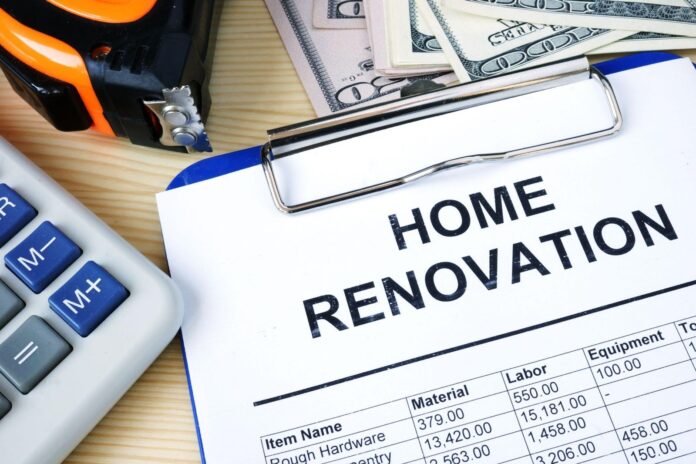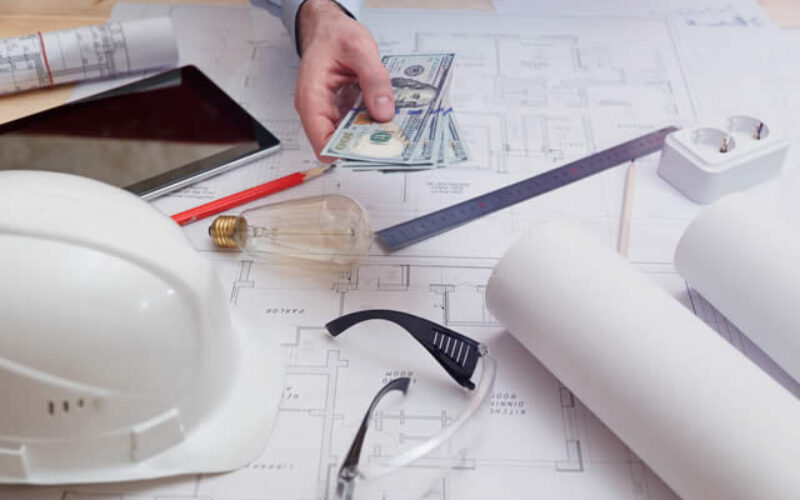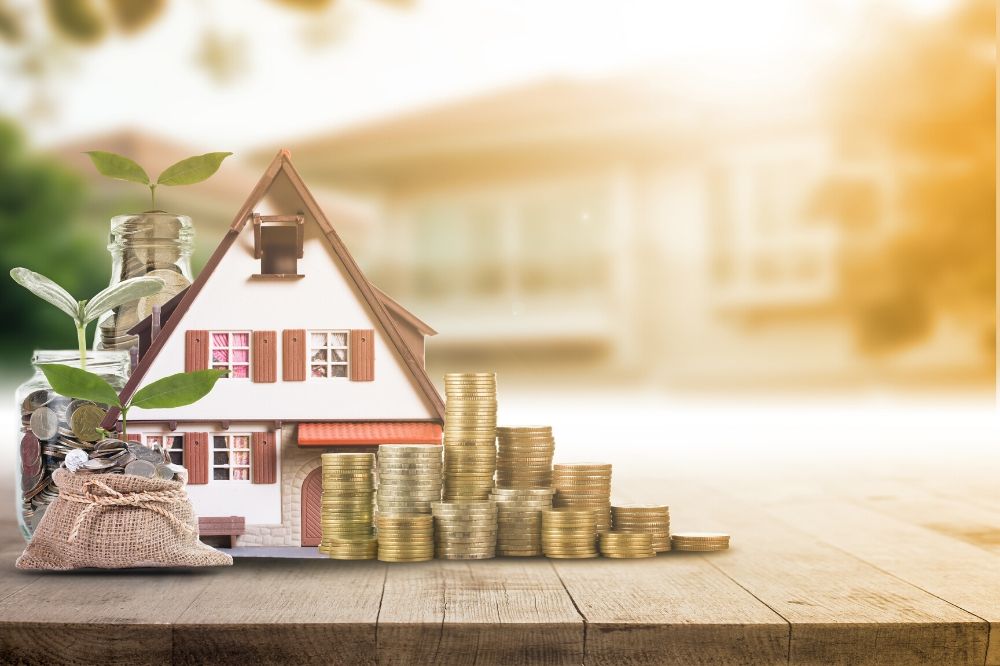If you’re looking to make home improvements, you’re not alone. In 2019, homeowners spent about $407 billion on home improvements. Not only do you upgrade your home and make it better to live in, but you also add value to your property for when you want to sell it. From renovating and remodeling to making home repairs, home improvements simply make your property better. Unfortunately, most worthwhile home improvements are costly. Think of paying for home improvements as investing in your property. As you start considering more expensive projects, you may be stuck finding enough money to move forward. Luckily, there are many ways to finance home improvement projects and there are many more than you think.
You Have Many Options
Many people only consider a personal loan, which is a loan given to individual borrowers for personal needs like investing in stocks. Since there are very few restrictions on the usage of a personal loan, they seem like a simple solution for financing your home improvements. While personal loans are a viable option, they’re not necessarily the best and you could end up paying more for the same amount of money. If your home improvement project is worth looking for outside financing, then it is worth it to consider all your options.
-
Personal Loans
Since you’ve probably already heard of these and were most likely considering one, let’s start by going through what personal loans offer and when they’re best. Personal loans are unsecured loans, which means there is no collateral backing up your loan. They can get you some quick financing and you don’t have to put your property behind it. Unfortunately, since lenders do not have collateral, they are much riskier if you fail to make payments. To compensate for this added risk, lenders will generally charge a higher interest rate a few points higher than the prime rate. You should expect your loan term to be between 2 and 5 years. Generally, personal loans are only good if you can’t put up collateral using your property.
-
Home Equity Loans or HELOCs
If you’re making home improvements, chances are you own a home. By offering your home equity as collateral for a loan, you can reduce your interest rate and still receive a large amount of financing. You have two options for doing this: a home equity loan or a home equity line of credit. Both of these use your home equity to secure financing, but there are slight differences. A home equity loan is a one-time lump sum payment that you pay back over monthly payments of both principal and interest. On the other hand, a HELOC is much like a credit card where you can withdraw as much as you need and you only pay interest on the amount you withdraw. Between these two, the best option depends on your financing needs. If you’ll be using money in small installments, then a HELOC is best, but if your project requires a large amount of money upfront, then use a home equity loan.
Repaying a home equity loan is also different from repaying a HELOC. A home equity loan is paid back as a second mortgage with monthly payments, but your payments are based on the amount you still have withdrawn at the end of the draw period. During the draw period, you only pay interest and can repay the principal as you see fit, but once it ends, your remaining unpaid amount is converted into a home equity loan.
One downside to home equity financing is that the amount you can borrow is limited based on the amount of home equity you have in your home or the principal balance of your mortgage that you have paid off. Generally, if you have enough home equity to support your home improvement project, then a home equity loan or HELOC is best.
-
Other Financing Options
Most of the time, you’ll use a personal loan, home equity loan, or HELOC but there are other options out there.
With cash-out refinancing, you refinance your home, but increase the principal amount on your new loan and pocket the difference as cash. You can then use this cash to finance a home improvement project. This is fundamentally similar to getting a home equity loan.
You can also use your credit card for fast or emergency home renovations with relatively low costs. Credit cards usually have the highest interest rates, so you should only use your credit card in dire situations.
Some federal loan programs offer home renovation financing coupled with a mortgage. For example, the Federal Housing Administration (FHA)’s FHA203k program gives homeowners renovation financing in addition to their mortgage amount when closing on a mortgage. This amount is used to renovate homes in need, so you won’t be able to use it for home improvements on your existing property.
The Bottom Line
When deciding on a source of home improvement financing, your three main considerations should be a personal loan, a home equity loan, and a HELOC. These are the most common sources of home improvement financing and will generally have the best terms. These types of financing are meant specifically for short-term financing needs like home improvements and are catered towards such. The other financing options are very situational and should be evaluated carefully before being considered. To make the decision as smooth as possible, you should first limit yourself to a couple of options and if nothing works out for you, then you can expand your search. While there are many attributes to loans, you should pick the option that saves you the most money. Since you’re investing the financing back into your home, you want to make sure you save as much of that investment as possible.




















